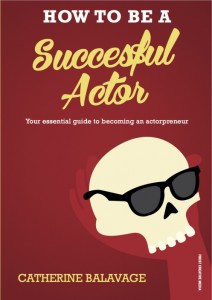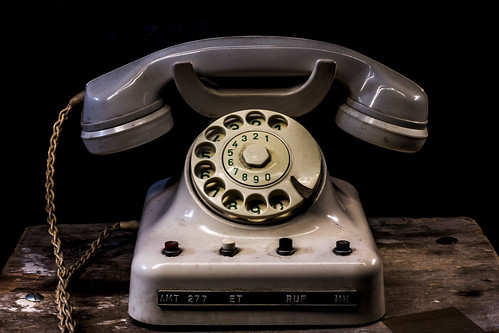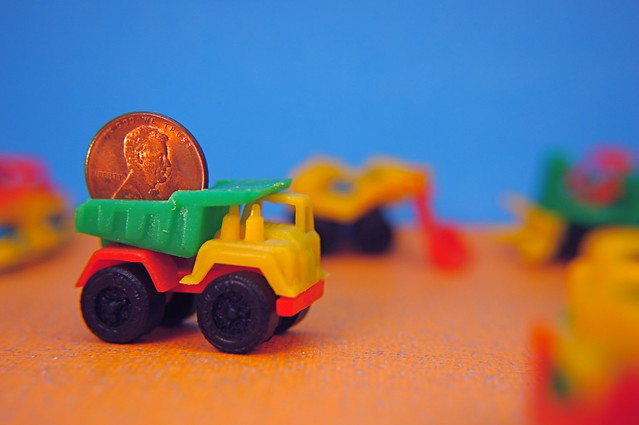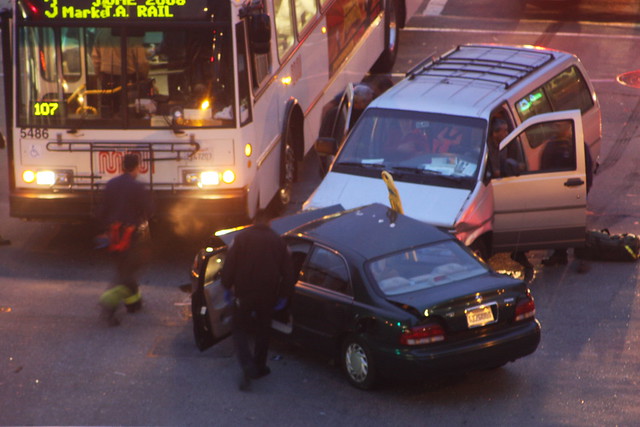 How To Be a Successful Actor: Becoming an Actorpreneur has been included in Amazon’s Kindle Countdown Deals and for one more day is only £1.99. How To Be a Successful Actor: Becoming an Actorpreneur, written by Frost Magazine’s editor Catherine Balavage, has received a number of good reviews including three five-star reviews on Amazon UK and another brilliant four-star review on Amazon US, even though it has only been out for two months. The below review is from acclaimed author Margaret Graham:
How To Be a Successful Actor: Becoming an Actorpreneur has been included in Amazon’s Kindle Countdown Deals and for one more day is only £1.99. How To Be a Successful Actor: Becoming an Actorpreneur, written by Frost Magazine’s editor Catherine Balavage, has received a number of good reviews including three five-star reviews on Amazon UK and another brilliant four-star review on Amazon US, even though it has only been out for two months. The below review is from acclaimed author Margaret Graham:
A triumph for Balavage, and a necessary tool for anyone considering an acting career. By Margaret Graham
Balavage has written a well balanced exploration of how to succeed as an actor. I am an author, not an actor, but having read How to be a Successful Actor, I feel the two precessions are closely allied. Balavage clarifies the positives and negatives of the profession, and then proceeds to walk us through the ups and downs, giving anyone interested in becoming an actor the tools to maximise their chances.
The basic ingredients, it seems to me, are to utilise common sense and good manners. After all, you will be meeting the the same people on the way up, and then, when times are hard, to be nice out there..
But more than that, we are led by the hand through the nitty gritty of whether to train, or not to train, the virtues of hard work in the face of lack of progress, the need to be glad of any chance to gain experience, and exposure. She explains the need to acquire the necessary skills through classes, and the value of networking.
As I also advise my writing students, Balavage advises actors to watch and analyse their craft, on stage, radio and screen. She emphasises the need for actors to BE their characters, to acquire accents, to keep fit. She moves on to marketing, to the virtues of mobile phones and the internet for spreading the word about YOU,
There is humour: remember to avoid the stunt co-ordinator’s elbows, there are detailed tips: what to do if your mouth dries up (read the book and find out) , there are a forest of useful addresses.
No wonder it took Balavage 4 years to write this book, because she includes a plethora of interviews with experts in the field. What comes across is that Catherine Balavage considers an acting career to be a project, one that needs to have: a firm foundation, on-going development, marketing skills, research, realistic self-belief, and a hell of a lot of luck. This book needed to be written. It was Catherine Balavage with her clear sighted view of the profession who needed to write it. Bravo!
This one is from actor and casting associate Clea Myers:
Fantastic & Essential Guide By Ms. C. Myers
This really is an excellent guide book into the terribly difficult, but potentially rewarding life of an actor. Balavage tackles the often ignored questions that surround the inexperienced and/or young person who wonders what the best road to take is? She starts with the basics that encompass questions about whether to train at drama school (and thereby find the money to do so), or go another route by getting involved with fringe theatre and/or film school films. Throughout she weighs up the pros and cons in a highly informative and intelligent manner that are also highly credible as she is writing from first-hand experience. Her own entrepreneurship into film-making is included and offers fantastic tips and empowerment, to what is often a dis-empowering profession. She also demystifies the perceived ‘glamour’ of working as an actor and says it how it is. A good wake-up call for those out there that crave instant fame!
Her approach is wholly professional and fundamentally knowledgeable: she interviews working actors, alongside well-known casting directors who give an insider-view into what is required to get ‘ a foot in the door’. I would highly recommend this book to anyone interested in becoming an actor.
Crime writer Penny Deacon called it the ‘Best advice available’ in her review and American actor Tom Shafer gave it a wonderful review and said it was a great companion piece to Bonnie Gillespie’s acting bible, Self Management For Actors in his review below.
An excellent guide for the entertainment professional By Thomas Shafer
I found this book to be an excellent companion to Bonnie Gillespie’s ‘Self-Management for Actors’, which I am also currently reading. The first half of Catherine’s book does a excellent job of distilling a seminar’s-worth of material into a manageable bit. The second half, the interviews, felt more conversational. What was clear, the recommendations made in the first half came, in part, from these interviews. This is an excellent technique, since it reinforces the validity of the recommendations as having come from entertainment professionals who have achieved a perceived level of success. (I like that the definition of “success” was open for discussion, since it can mean different things to different people.)
As an American reading this book, I did find some UK-centric resources and references. But, in this era of global Internet access, I found just as many that were valid for US readers. I was able to take this in stride and see this as a valuable tool in my self-management as a working actor.
Thanks, Catherine, for writing this excellent guide.
What are you waiting for? We are not biased, it is an excellent guide and an essential for any actor.
How To Be a Successful Actor: Becoming an Actorpreneur is available here.






